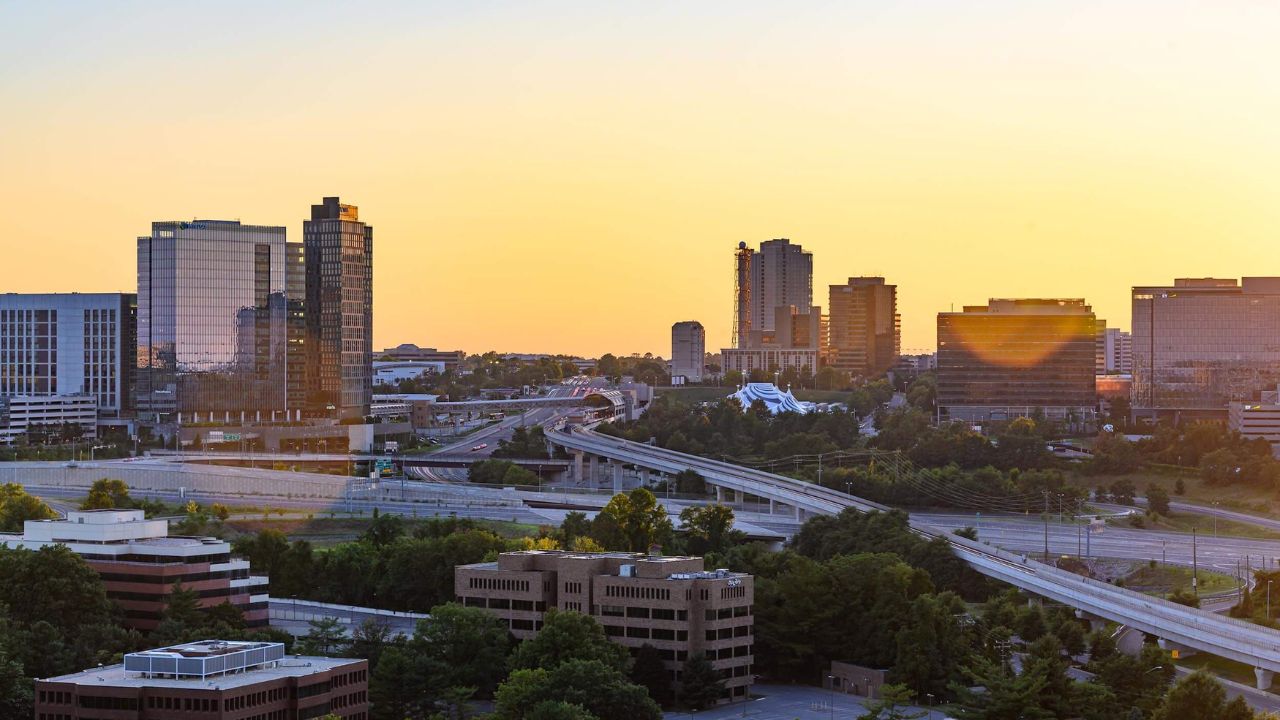Fairfax County, Virginia, is renowned as one of the wealthiest counties in the United States, boasting a median household income of $124,831 in 2021. Nevertheless, not all corners of the county share in this prosperity.
There exist pockets of poverty where residents grapple with fulfilling their basic needs and confronting various challenges, including limited access to educational resources, subpar health outcomes, and a lack of opportunities.
In this essay, I will pinpoint and describe the five most impoverished neighborhoods in Fairfax County, Virginia, based on both the poverty rate and the actual number of individuals living in poverty.
Poverty Rate and Number of People Living in Poverty
The poverty rate is defined as the percentage of people whose income falls below the federal poverty level (FPL), which varies according to household size and composition. In 2021, the FPL was $12,880 for a single person and $26,500 for a family of four. The number of people living in poverty corresponds to the count of individuals whose income falls below the FPL.
Based on data from Welfare Info, the poverty rate in Fairfax County, Virginia, stood at 7.1% in 2021. While this was lower than the state average of 10.2% and the national average of 12.8%, it still meant that an estimated 80,441 people out of 1,131,522 lived in poverty within the county.
The poverty rate and the number of people living in poverty exhibited significant disparities among Fairfax County’s neighborhoods. Utilizing data from City-Data, I have compiled a list of the county’s five most impoverished neighborhoods as follows:
The 5 Poorest Neighborhoods in Fairfax County, Virginia
1. Hybla Valley
Situated in the southeastern part of Fairfax County, near Mount Vernon, Hybla Valley is home to 16,721 residents. It bears a poverty rate of 17%, more than double the county average, with 2,842 individuals living in poverty.
Hybla Valley, characterized by its urban nature and high-density housing and businesses, boasts a diverse and youthful population, including many immigrants and refugees. Nonetheless, the community faces challenges such as crime, violence, drug abuse, and health disparities.
Also Read:
2. Lincolnia
Located in the eastern part of Fairfax County, near Alexandria, Lincolnia boasts a population of 22,855 and a poverty rate of 16.4%, more than double the county average. It is home to 3,748 people living in poverty. Lincolnia blends suburban living with single-family homes and apartment complexes.
It also celebrates a multicultural population comprising immigrants and refugees. However, it grapples with issues like low educational attainment, high unemployment rates, and a shortage of social services.
Also Read:
3. Bailey’s Crossroads
Bailey’s Crossroads, situated in the eastern part of Fairfax County near Arlington, accommodates 24,947 residents. It records a poverty rate of 16%, more than twice the county average, with 3,992 people living in poverty.
This neighborhood combines commercial and residential sectors, offering various shopping and dining options. It also hosts a diverse and multicultural population, including immigrants and refugees from various countries. Challenges here encompass high rent costs, low-quality housing, and limited public transportation.
Also Read:
4. Culmore
Found in the eastern part of Fairfax County, near Falls Church, Culmore has a population of 17,546 and a poverty rate of 15.6%, again more than twice the county average. Here, 2,737 individuals live in poverty.
Culmore boasts a diverse and densely populated environment, welcoming immigrants and refugees from across the globe. It also hosts a high concentration of affordable housing units. Nonetheless, challenges include overcrowding, traffic congestion, and a lack of green space.
Also Read:
5. Huntington
Huntington, located in the southeastern part of Fairfax County near Alexandria, houses 11,267 residents. Its poverty rate stands at 14.9%, which is more than double the county average, with 1,679 individuals living in poverty.
Huntington’s claim to fame is its proximity to the Huntington Metro Station, granting access to Washington D.C. and nearby areas. Nevertheless, it contends with issues such as flooding, crime, and aging infrastructure.
Also Read:
Conclusion
While Fairfax County enjoys the distinction of being one of the wealthiest counties in the United States, it is crucial to acknowledge the existence of impoverished neighborhoods within its borders. The five poorest neighborhoods, namely Huntington, Culmore, Bailey’s Crossroads, Lincolnia, and Hybla Valley, exhibit poverty rates surpassing double the county average and house thousands of individuals living in poverty.
These communities showcase diverse and multicultural populations, enriched by immigrants and refugees from around the world. Yet, they grapple with a slew of challenges, including limited access to education, substandard health outcomes, and a dearth of opportunities.
Consequently, addressing the root causes and consequences of poverty within these neighborhoods is essential, alongside efforts to enhance the well-being and quality of life for their residents.
